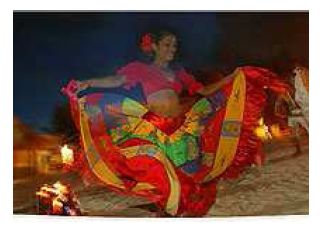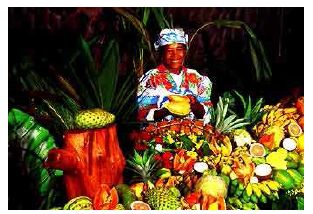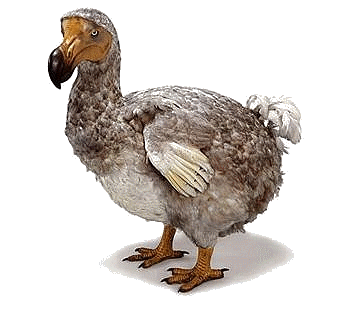


Mauritius is ideal for spending a dream vacation throughout the year. The temperature during the summer months (November to April) varies from 20 ° C to 28 ° C on the central plateau and from 25 ° C to 33 ° C on the coasts. During the winter months, the average temperature on the central plateau is 20 ° C with peaks down to 12 ° C at night.
The time difference is small. It is necessary
to add 3 + hours in winter and +2 hours in summer.
The official language is English, but the language spoken and understood, after the Creole, is French. The teaching is in English, as well as the administration, but the press is expressed in French.

The Sega is THE dance of Mauritius.
The typical Séga is played with only 3 instruments: the ravanne the maravanne and the triangle.
Texts accompanying Creole music and dance are very rhythmic. Today, dozens of types of Séga exist, including the addition of percussion
as the djembe.

The Mauritian cooking is a mix of African, Oriental and European specialties. From this cooking emerges a multitude of exotic flavours
such as chicken, vegetables where rice predominates, as well as the "love apple" (tomatoes), onions and garlic. All spicy and fruity.
Indian cooking is omnipresent on the island, but with time it was mixed with flavours from Africa and Asia, this is that ethnic mix
which makes the richness of the island and its cooking.
The DODO!
We can not evoke the wildlife without mentioning the dodo, a bird with size of a large turkey, represented on the coat of
arms of the island. Unfortunately it was exterminated by Dutch settlers, hungry at the end of the seventeenth century. Since then,
the dodo became a symbol extinct species of

A few reference point:
1598 to 1710 - The Dutch controlled the island.
1710 to 1789 - The French
settled in
1810 - The French capitulate to the English. But French will remain the language of
1835 - Slavery is abolished. Chinese and Indians to replace the newly freed slaves in the exploitation of sugar cane fields.
1958 - Introduction of universal suffrage.
1968 -
1992 - The




Version
Française
